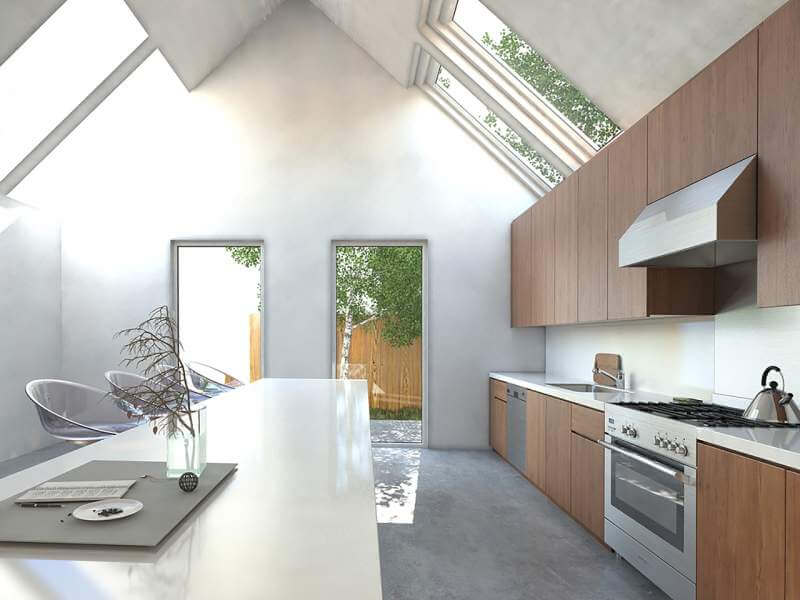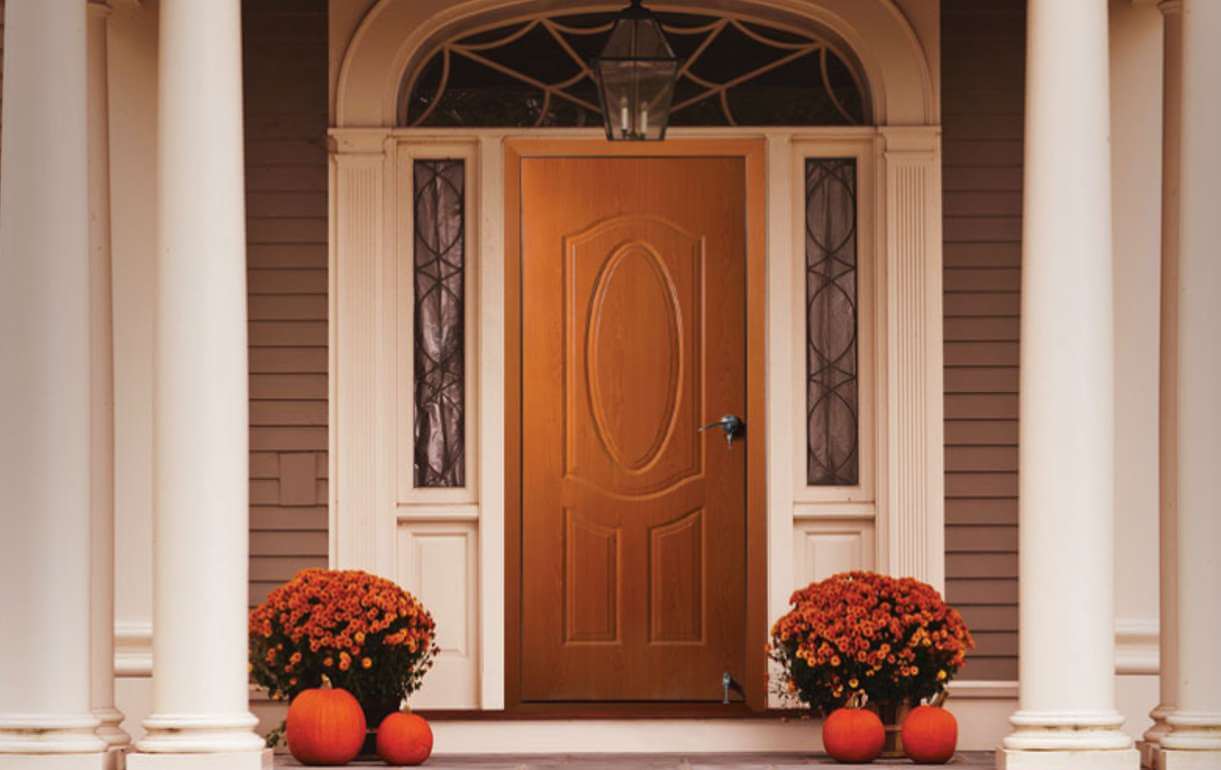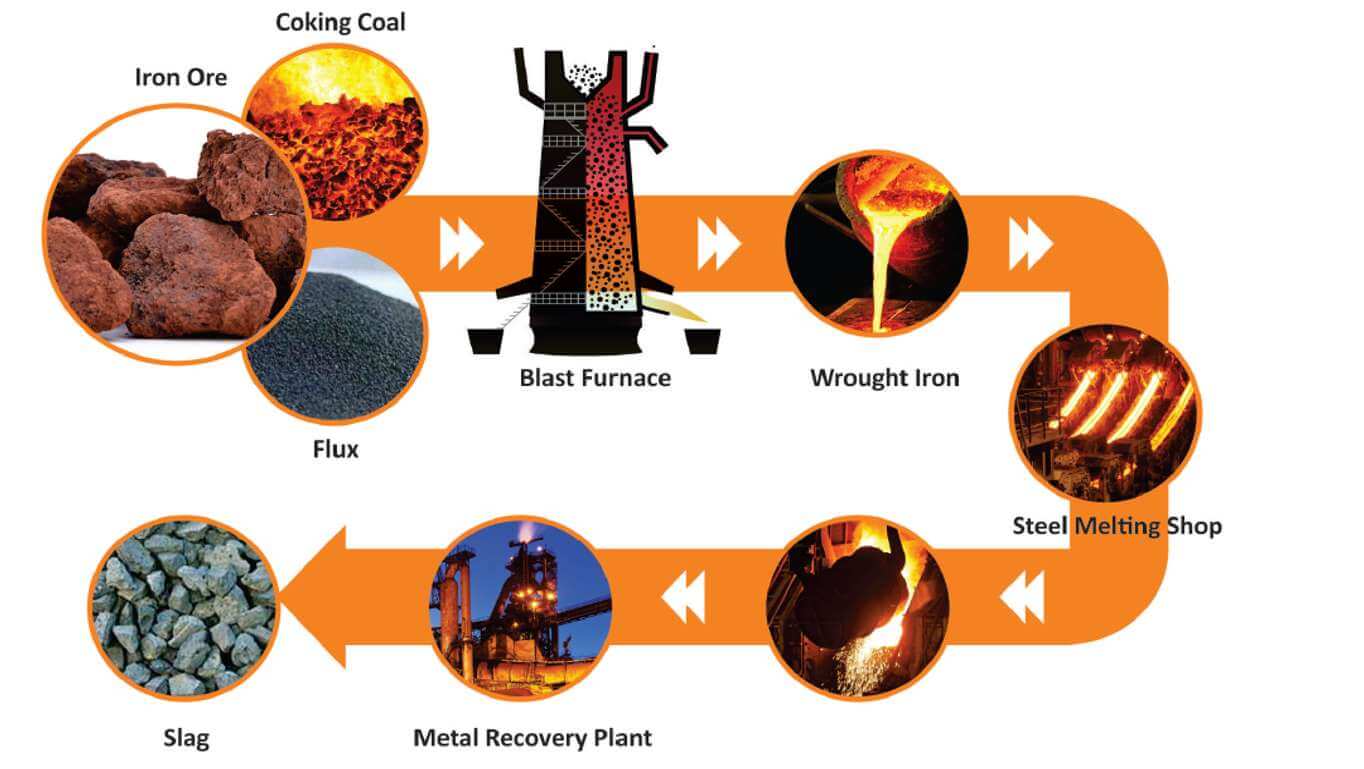For instance, Tata Steel, apart from moving to more sustainable operations, is also exploring ways of building sustainability into their product offering. A case in hand starts with the fact that for every tonne of steel produced, 160 kg of LD slag results as a by-product. Tata Steel put on their R&D hats, and came up with several uses for LD slag in construction and road building. In a first for India, LD slag branded products and these are now being used in everything from road construction (Tata Aggreto instead of natural aggregates), to clinker making (Tata Nirman instead of limestone) used in cement manufacturing, and to fly ash brick making (Tata Nirman instead of sand and lime). This not only makes good use of a material that would otherwise be disposed, but also enables preservation of natural resources.
One of the more promising trends in construction space is Prefabrication and the use of durable materials. Prefabrication involves smarter materials, stringent quality control, and durability. This is where economics works for the environment- people only switch from traditional methods to prefab if it helps them keep the costs down. Savings in time and manpower aside, Prefabrication also results in stronger, more durable structures that require less maintenance, creating a win-win for everyone.

An example would be Tata Nest-In’s housing solution, which uses a tenth of the sand, water and electricity that a traditional house construction would use, with only one third the labour. Additionally, the use of high-strength galvanised steel makes the structures resistant to earthquakes. The smart materials used for thermal insulation result in reduced use of electricity to cool or heat up the homes. And when the time comes to tear the construction down, 60% of the material can be reused! Same goes for prefab offices, and some of them are even portable (as “in site offices”, etc). The biggest gains we can get from the use of prefab portable solutions in India, are in the field of sanitation. We have over 2.4 billion people who don’t have access to a proper toilet. Using prefabrication, a permanent toilet made of durable materials can be constructed in 7 days. Nest-In toilets are easier to clean and maintain than the traditional brick and mortar ones, and can be equipped with automatic cleaning, touch less soap dispensers and coin-operated entry - creating a great alternative to the inconvenient public toilets we have now.
A similar prefab solution is available to address another national challenge - availability of clean water. Prefab ATW (Any Time Water) kiosks are basically ATMs for water. With built-in RO+UV filters, card/coin-based dispensers, and an ISO10500 quality seal, these can be an elegant solution for rural and urban areas both. Built-in water storage means that these can be set up even in those areas where the water supply is irregular. Think about it - with enough ATWs in under-served areas, we can put an end to waterborne diseases and related infant deaths.

Aside from Prefabrication, another trend that holds a lot of promise is the use of metal doors and windows. There is no wood, so fewer trees get cut down. (For every 2 Pravesh doors, 1 tree is saved). Say goodbye to termites along with weather-related wear and tear, and spend fewer resources on maintenance. Plus, they do their job of keeping you safe, since Pravesh doors are 4 times more secure than a regular door. And if you look up Tata Pravesh’s range of doors and windows, you’ll find that not only are they sustainable and safer, but have contemporary designs as well! With time, we can only expect these innovations to get smarter, and more user-friendly. As consumers, small business owners and business decision makers, our job is to embrace the innovations that are addressing our everyday problems. When the time comes to make a purchase decision, we choose to pick the option that’s good for our pockets, good for the economy, and good for the planet. At the end of the day, a conscious decision in the present is what will help us create a better tomorrow!
 Corporate
Corporate
 Sustainability
Sustainability
 Products & Solutions
Products & Solutions
 Investors
Investors
 Media
Media
 Careers
Careers
 Contact Us
Contact Us






